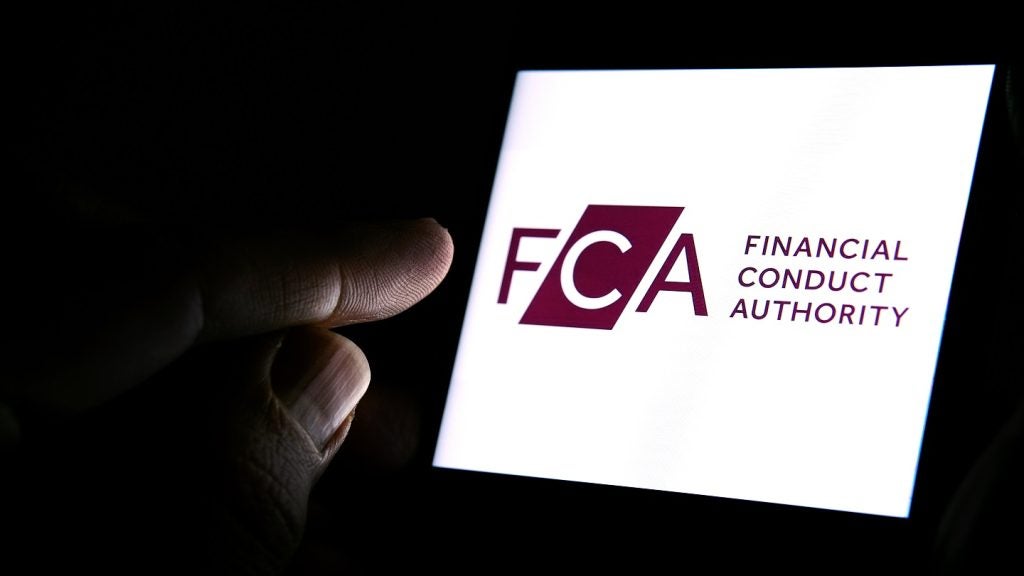Vauxhall dominates the models chosen as consumer numbers increase, reports Richard Brown.
As more UK consumers have shifted into the non-prime bracket through either credit score deterioration or more stringent credit criteria among prime lenders, so too has the vehicle mix funded by the subprime sector changed.
Where once subprime lending might have been perceived as weighted towards deals on aspirational or sports vehicles, the focus has certainly moved to cars associated with middle-income families and professionals.
"There has been a massive change going back to 2008," says Ben Garside, sales and marketing coordinator at First Response Finance. "The non-prime market has grown quite considerably, starting as soon as the big banks tightened up."
"Prime lenders are rejecting more people than ever," adds Shamus Hodgson of Moneybarn. "More people now would be placed into the non-prime bracket than ever before."
As the demographic has shifted, so has the taste in cars that people are borrowing money to buy.
How well do you really know your competitors?
Access the most comprehensive Company Profiles on the market, powered by GlobalData. Save hours of research. Gain competitive edge.

Thank you!
Your download email will arrive shortly
Not ready to buy yet? Download a free sample
We are confident about the unique quality of our Company Profiles. However, we want you to make the most beneficial decision for your business, so we offer a free sample that you can download by submitting the below form
By GlobalDataAcross all non-prime lenders surveyed for this feature, the Vauxhall Astra was the most-often-financed model. For the two lenders who did not list the Astra as the outright most-financed model, one had it second in a top 10 that included four Vauxhall models, and the other still ranked Vauxhall as its most-financed marque.
Ford is the only other manufacturer on every list, with the Focus often in second place, although one lender puts it top of its models financed. This may be testament to the national popularity of a car that, like the Astra, is a steady vehicle associated with families and professionals.
Neither model is an overly expensive status symbol or the choice of boy racers. Nor are the Zafira, Vectra and Mondeo, which all make regular appearances on the lists.
"Non-prime is moving to the mainstream," says Hodgson.
Indeed, it appears the mainstream choice has already moved to the non-prime market.
"There is less exotica on our books than there was pre-credit crunch and more family cars," says Peter Minter, managing director at Moneybarn.
This reflects the new demands of Minters consumer base for "cars that are practical, affordable and with reasonable running costs", although prestige and automatic vehicles remain popular, particularly around London.
Though prestige marques make several lenders top 10s BMW is on half the lists and Audi and Mercedes-Benz get a look-in the popular models are all compact executives at the practical end of the spectrum.
It is the 3 Series, not the Z3; the A4, not the TT; and the C-Class, not the SLK, that those with bad credit but high aspirations are looking for.
The models are "still very popular for customers who have near-prime credit ratings", says Mark Humphreys, marketing manager at Creditplus.
The rising demand, and the demand for practicality, appears to be universal.
"There is no marked difference between the north and south of the UK," says Jon Boston of ACF Car Finance.
Both the prime and non-prime markets are a steady 70/30 split between male and female consumers, according to figures from Creditplus.
Hodgson adds: "By gender there is not much of a difference over the last few years."
There has, however, been a shift in age and profession.
The average age of somebody taking out a loan with Creditplus, for instance, has risen to 37, though the average over the past two years was 35 for the prime market and 33 for non-prime.
"We have seen a lot less young hirers and more people with stable backgrounds," says Andrew Currie of Private & Commercial Finance.
Hodgson describes the current Moneybarn customer base as "people who have an income from various places, or who have managed their money well, but due to life circumstances find themselves in the non-prime market".
He adds: "By occupation, within the non-prime space it has always been massively varied. It has always covered a huge range of occupations and theres been an expansion across all areas."
First Response CEO Don Brough agrees, and says: "They are no different to anyone. Their circumstances just cause them to be where they are."
According to many lenders, todays climate is one where a single missed payment can put a customer into the growing bracket of people with higher salaries and low credit ratings and apply for non-prime deals out of the fear of rejection for mainstream loan applications.
"They often deselect themselves from high street lenders," says Richard Cox, head of motor operations at The Funding Corporation. "Often we find that there is no evidence of a chronic repayment problem."
Similarly, Creditplus says such instances are on the rise.
"Some people are still repairing their credit ratings, which were damaged during the recession," says Humphreys.
As Hodgson concludes, those now looking for bad-credit car finance "are perfectly normal customers".
"One of your very close neighbours will be non-prime," he says.







